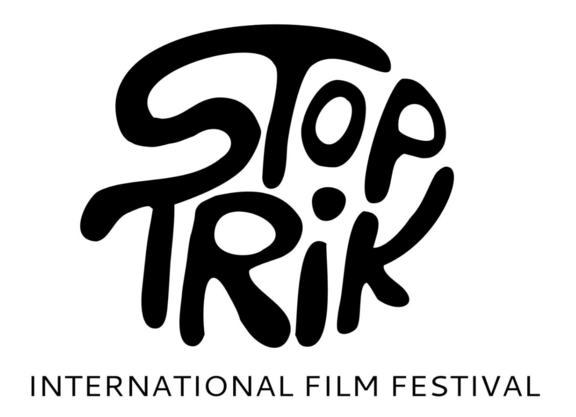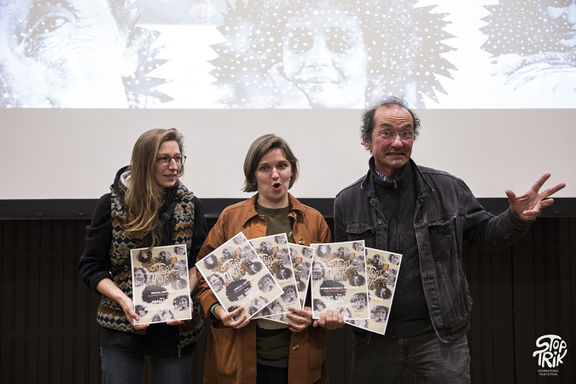Stoptrik International Film Festival
International not only in terms of its programme, Stoptrik as an event also has an international dimension in itself, as it takes place in Maribor, Slovenia, and in two additional Polish cities. This cross-sectoral collaboration enables effective festival organisation and also opens up a very diverse stream of initiatives and programming ideas.
Background
In 2011, two Polish film-studies graduates were on a year-long volunteering service for the Pekarna Magdalena Network in Maribor and out of their stay there, the Stoptrik International Film Festival was born. The second edition of the festival was already extended to the city of Niepołomice in Poland, and later the fourth one to yet another Polish city, Bielsko-Biała.
While the first edition of the festival was still more of a guerilla enterprise, the second one benefited greatly from Maribor being the European Capital of Culture 2012 and has since than been growing in terms recognition, activities and programme scope. The main venues for screenings in Maribor are Gustaf Hall, Pekarna, Kino Udarnik Maribor, and Vetrinj Mansion.
Festival programme
The festival focuses on presenting the current stop-motion productions, which is a technically varied field of puppet film, "claymation", object or photography manipulation, animation of loose materials such as salt or sand, pixilation, traditional cut-out and many other techniques such as animation of lights, fire, yarns, threads, etc. The screened films are chosen from all over the world (more than a hundred were screened in 2014), and some of highlights till now have included the films The Chronicle of Oldřich (Rudolf Šmíd, CZ), Sleight of Hand (Michael Cusak, AUS), Boles (Špela Čadež, SLO), Recycled (Lei Lei & Thomas Sauvin, CHN), Papa (Girlin-Bassovskaja, ES), etc.
All of the above films have been awarded in the festival's different competition categories, be it the Grand Prix Award for the best animation film, or the Borderland Award, given to films that transgress stop-motion techniques by combining them with other animation techniques, or the Best Slavic Stop Motion. While the latter is an award given by the Festival Committee, others are chosen by the audiences at each festival location.
Each year, there are also screenings of archive materials, for example, a selection of Ukrainian clay animations, a review of Slovene classics filmed between 1952 and 1962 by Triglav film and a retrospective of the Polish stop motion pioneer Ladislas Starevich.
Workshops and other activities
The festival has a rich side programme, with pre-events, discussions, video mapping, concerts and intensive workshops of stop motion animation, which in 2014 was led by Leon Vidmar.
A very curious feature of the festival is its sub-programme called "Trik Show", a series of Youtube videos showing the techniques used in producing various stop-motion works. This feature is a way of reaching and also connecting with the global community of people working in this field of art and craft, as it is otherwise a rather dispersed group.
Collaborations and international presence
Of the Slovene institutions, the prime partners of Stoptrik are the festival Animateka and the Udarnik Institute. The festival collaborates also with the Embassy of the Republic of Poland in Slovenia.
Some of the international partners are the Krakow Film Festival, Etiuda&Anima IFF, O!PLA (PL); the Supertoon Festival (HR); PAF (CZ); the ShortShorts Film Festival & Asia (JP); Primaanima (HU); the Se-ma-for Film Festival and Ofafa Film Festival (PO); Laguna Film Festival (MX); Notfall Film Festival (NL); Ottomani Laboratori (IT), and the Nukufilm (ES).
Stoptrik is also sometimes hosted at other festivals and elsewhere, going even as far as to Taiwan, where they have lectured at the Tainan National University of the Arts.




